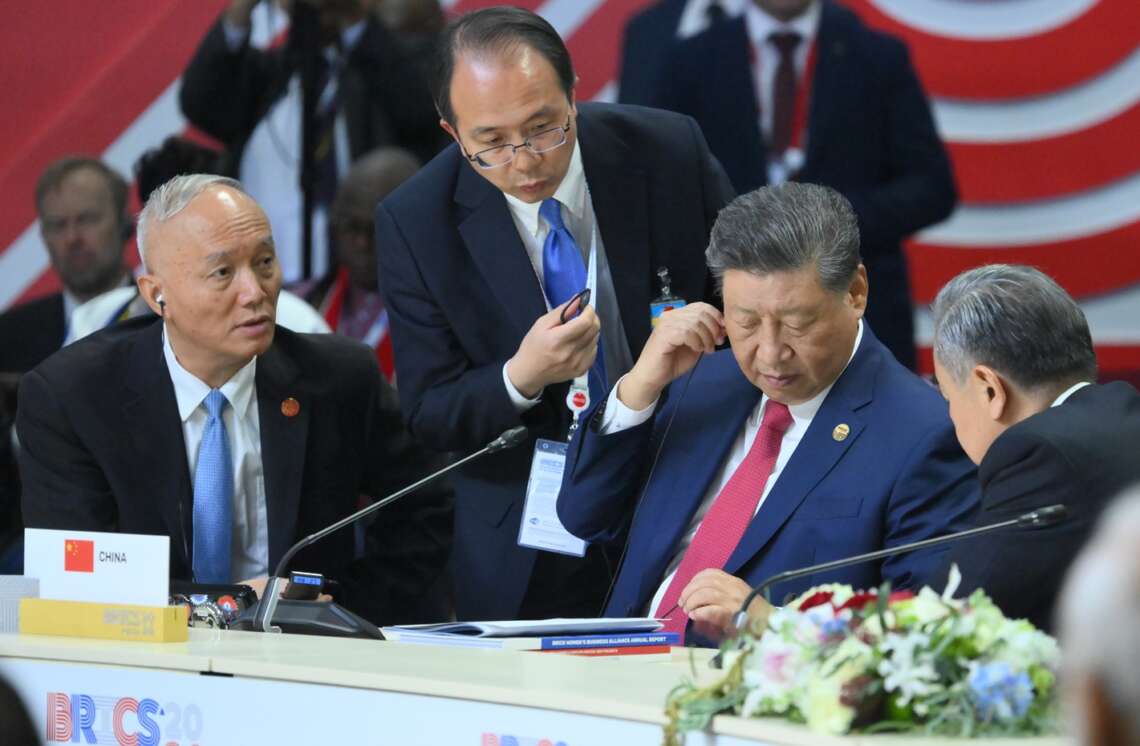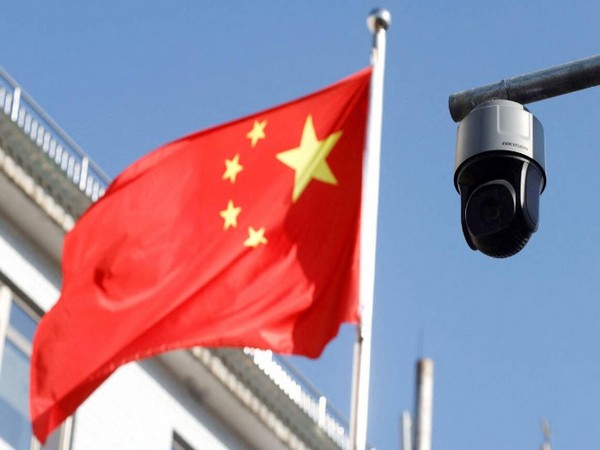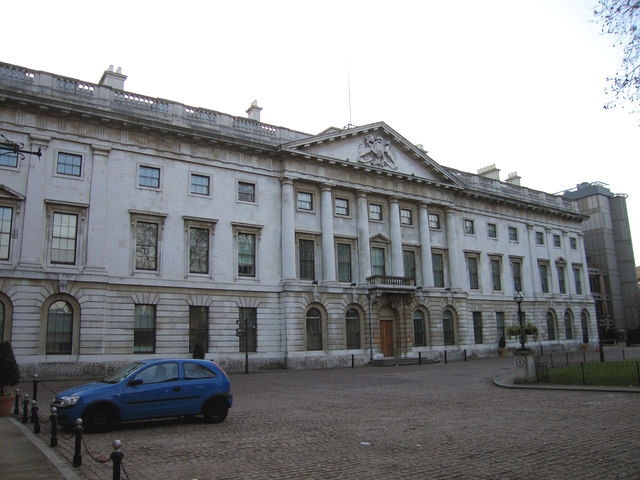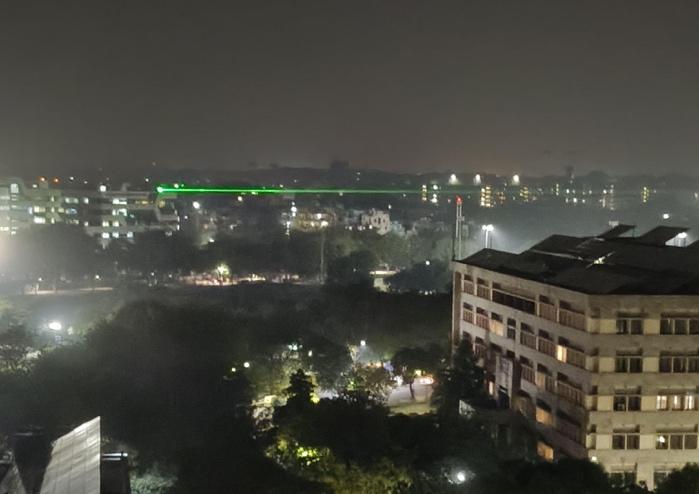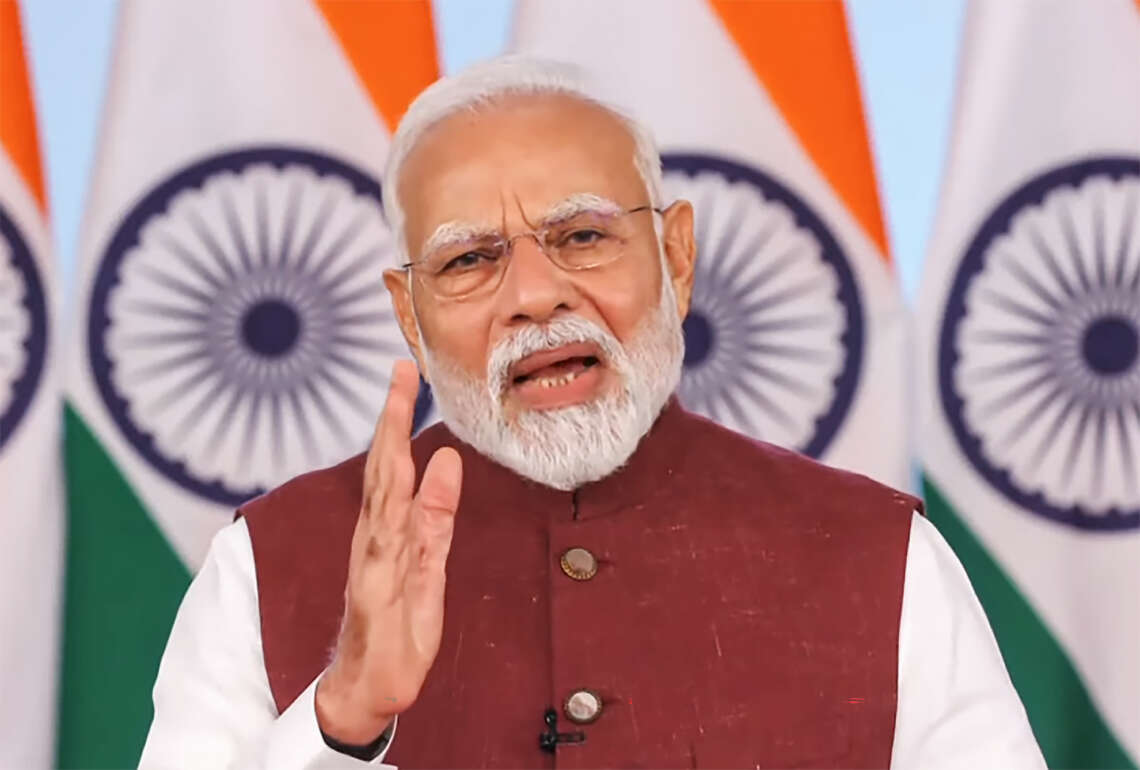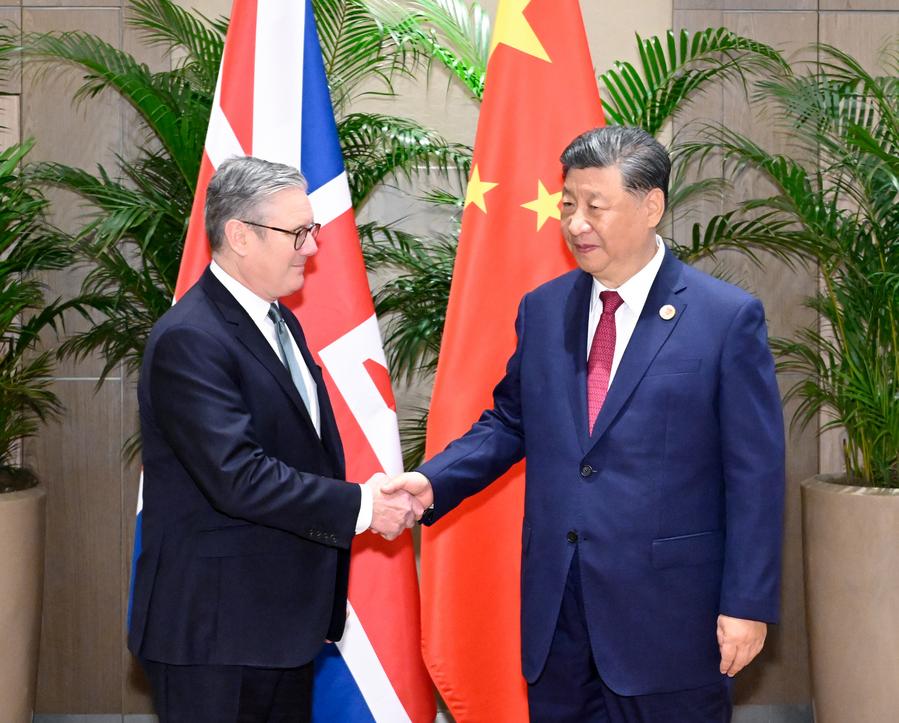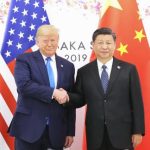When Xi’s actions are interpreted through the framework of what could be called “Stalinist logic,” they appear more coherent and predictable, writes Lieutenant General Dushyant Singh (Retd)

Xi Jinping’s tenure has witnessed unprecedented military leadership changes within the People’s Liberation Army (PLA). Since 2012, at least 78 senior PLA officers of two-star rank or higher have been removed from their positions, including eight former or serving members of the Central Military Commission (CMC). The scale of these transitions intensified dramatically in 2024, targeting the apex of military command, including current and former CMC members who worked directly with Xi.
The most recent developments in 2025 have continued this pattern. In June 2025, China formally expelled several high-ranking military figures from the national legislature, including General Miao Hua from the Central Military Commission, Vice Admiral Li Hanjun (chief of staff of the People’s Liberation Army Navy), and Liu Shipeng (deputy chief engineer at China National Nuclear Corporation). These removals represent the most dramatic purge of the PLA since Xi took over the reins of power.
The Stalin Logic Framework
When Xi’s actions are interpreted through the framework of what could be called “Stalinist logic,” they appear more coherent and predictable. This pattern mirrors historical precedents where authoritarian leaders, after initially targeting political opponents, subsequently turn against allies and protégés to reinforce discipline and demonstrate authority. Xi’s approach follows this established trajectory, with purges continuing more than a decade after assuming power and increasingly victimising those who helped him consolidate control.
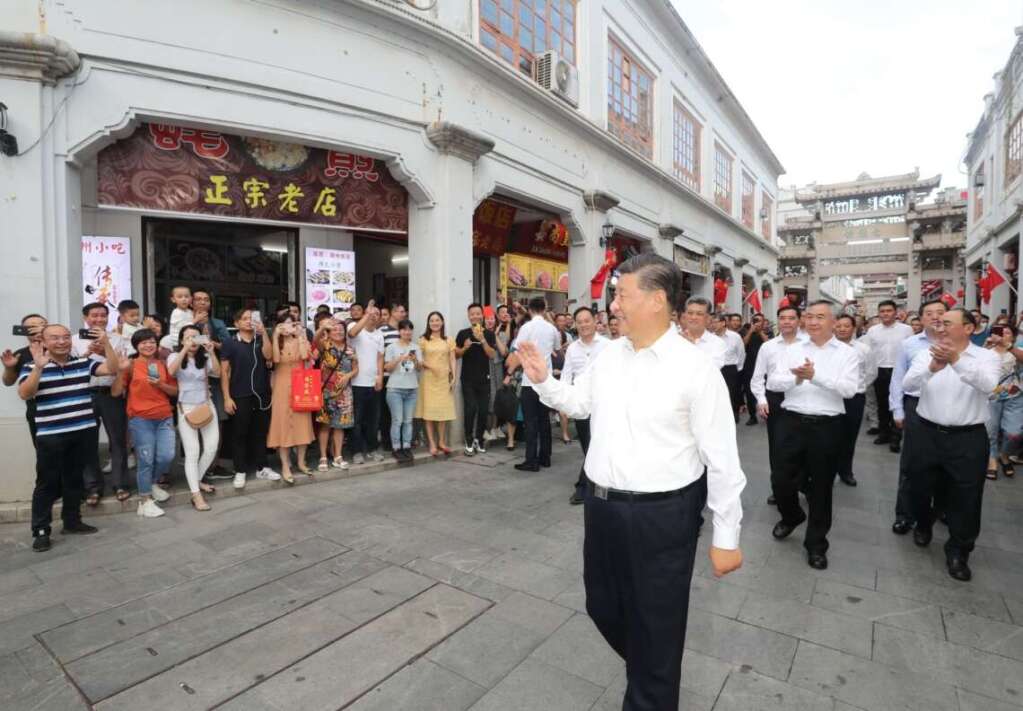
The phenomenon extends beyond military affairs. Across the Party-state system, at least 58 high-ranking cadres lost their positions in the first three quarters of 2024, with 642,000 cadres at various levels punished over the same time period. Among 205 full members of the 20th Central Committee of the Chinese Communist Party, at least eight were purged, representing 9.3 percent of China’s most powerful political body.
Strategic and Institutional Implications
The Pentagon’s 2024 China Military Power report notes that “the PLA experienced a new wave of corruption-related investigations and removals of senior leaders, which may have disrupted its progress toward stated 2027 modernisation goals”. The assessment emphasises that corruption in leadership ranks could impair the PLA’s evolution into what China terms a “world-class military” by 2049.
The leadership instability has created what can be described as a crisis of military readiness. Historical precedents from Stalin’s purges to contemporary cases show that irregular personnel changes at the high and middle ranks of the military have frequently contributed to deteriorations in readiness. As Xi’s officer corps remains in a state of constant unease, the PLA’s combat effectiveness is being systematically weakened at a crucial juncture in its modernisation efforts.
Taiwan Contingency Planning
The removal of General He Weidong carries particular significance for Taiwan-related military planning. As former commander of the Eastern Theatre Command, He was one of Xi’s most important advisors on a Taiwan contingency. His ouster raises questions about continuity in strategic planning and potential impacts on PLA readiness for Taiwan scenarios.
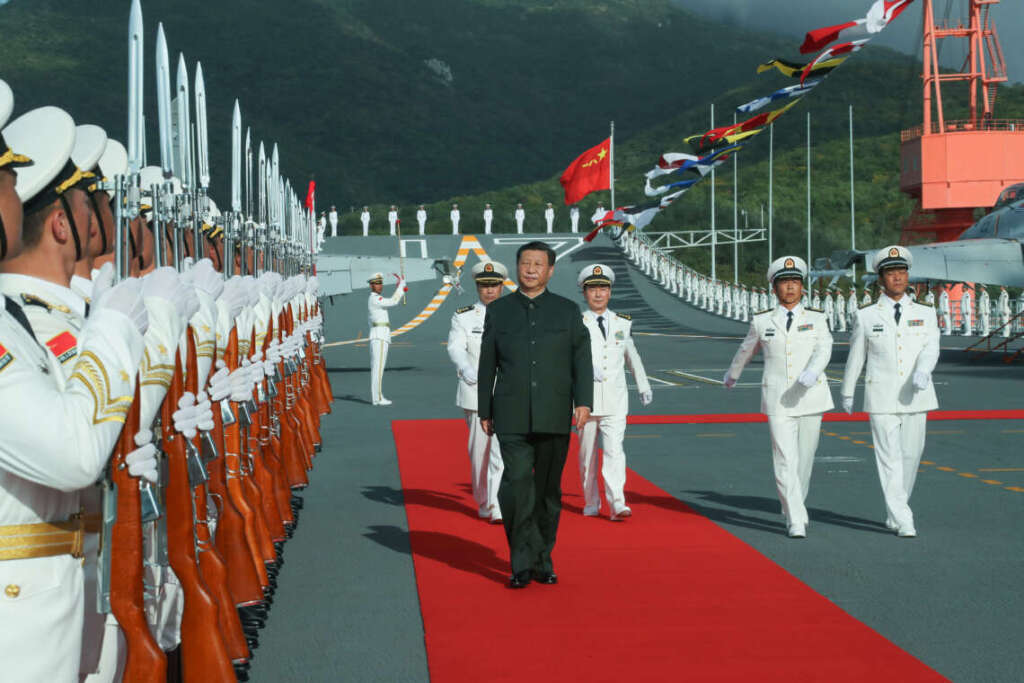
Lyle Morris of the Center for China Analysis noted that these developments suggest “deep anxiety and dysfunction within the ranks of China’s military, and a failure of trust between Xi and the military”. The continuous leadership turnover creates institutional uncertainty that potentially undermines the confidence necessary for complex military operations.
Economic Performance and Governance Challenges
China’s economic performance under Xi presents significant challenges. GDP growth has averaged approximately 6.5% during Xi’s tenure through 2023, compared to 10.6% under his predecessor. Recent economic data indicates continuing difficulties, with growth decelerating to less than 5% in 2024, down from peaks exceeding 14% in 2007.
China’s national debt reached 96.31% of GDP in the first quarter of 2024, significantly higher than comparable middle-income countries such as Brazil, Argentina, and Indonesia. Youth unemployment represents a particularly acute challenge, with rates reaching 15.8% in April 2025 among those aged 16-24.
Dual Circulation Strategy Assessment
Xi’s dual circulation strategy has produced mixed results at best. Research indicates that investor attention to China’s dual circulation strategy correlates negatively with stock returns while positively correlating with market volatility, suggesting that the policy shift has increased rather than reduced market uncertainty.
Household consumption continues to account for only 39% of China’s GDP in 2023, well below comparable figures of 60% in India and 68% in the United States. This persistent consumption weakness undermines the domestic circulation component of the strategy, forcing continued reliance on export-driven growth models despite official rhetoric about rebalancing.
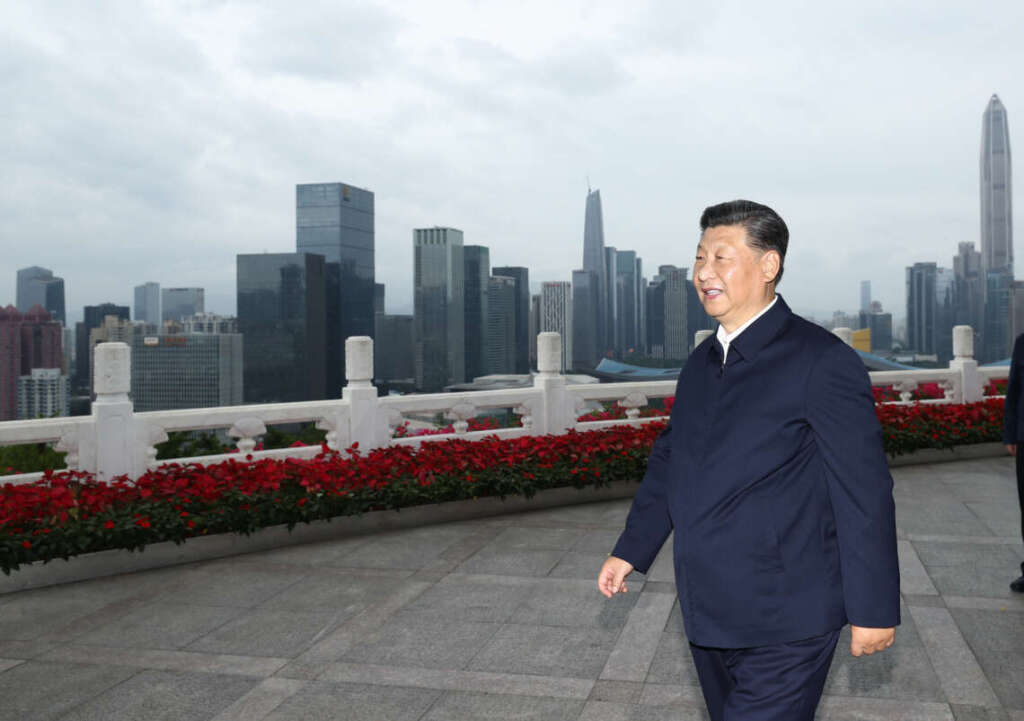
The Institutional Logic of Governance
The analysis reveals a complex relationship between leadership consolidation and governance effectiveness. Research indicates that ultra-concentration of power, while strengthening the leader’s control, “inevitably undermines the governance capability of the regime”. This creates what scholars describe as a “vicious cycle” where policy failures prompt further purges, which in turn discourage initiative and degrade institutional performance.
The phenomenon reflects broader institutional challenges within China’s political system. The “legitimacy deficit” inherent in communist political systems creates persistent insecurity about leadership positions, prompting continuous efforts to eliminate potential challenges. This dynamic creates cycles where governance failures prompt further purges, which create additional governance challenges.
Regional Security Implications
The developments carry significant implications for regional security dynamics. The perception of military leadership instability potentially influences alliance planning and resource allocation, with some partners viewing leadership turmoil as either an opportunity to strengthen defensive preparations or a source of uncertainty that complicates deterrence calculations.
For regional economies, particularly those in Southeast Asia, Chinese economic and military developments create complex trade-offs between economic opportunity and security concerns. The trajectory of Chinese domestic policies, including leadership stability and economic performance, significantly influences these regional calculations.
The examination of contemporary Chinese political dynamics reveals complex tensions between authoritarian consolidation and institutional effectiveness. While Xi Jinping has achieved unprecedented personal authority, this concentration of power appears to have generated new challenges for governance and strategic implementation. The extensive military purges, economic constraints, and persistent governance challenges suggest that the current trajectory may prove difficult to sustain without significant policy adjustments.
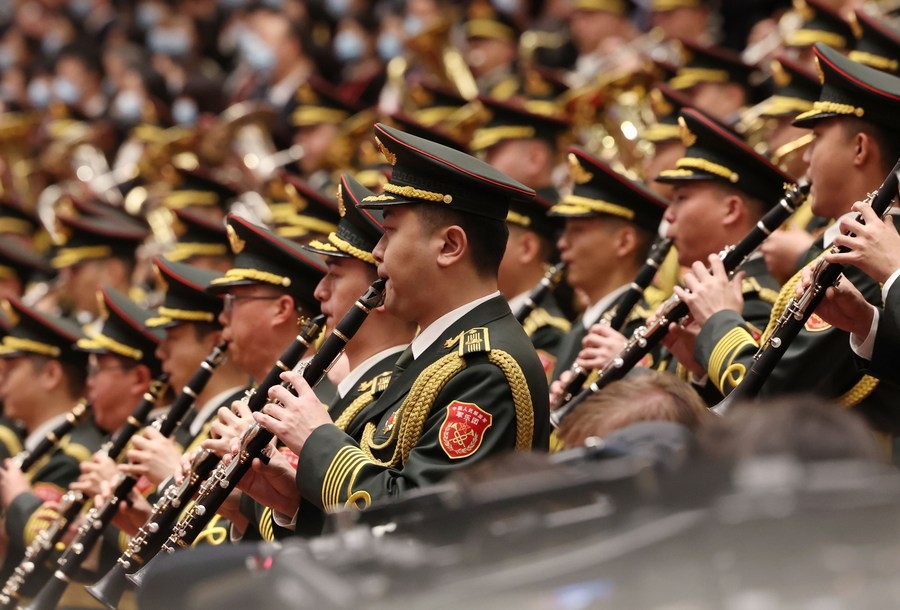
These developments extend beyond China’s borders, affecting regional security calculations, alliance relationships, and global economic integration. For policymakers and analysts, the relationship between leadership consolidation and institutional effectiveness represents a critical variable requiring continued monitoring and assessment. The historical precedents examined suggest that current patterns may reflect deeper structural tensions within China’s political system, implying continued volatility and potential strategic miscalculations as these dynamics evolve over time.
The author is the Director General of the Centre for Land Warfare Studies (CLAWS), New Delhi


